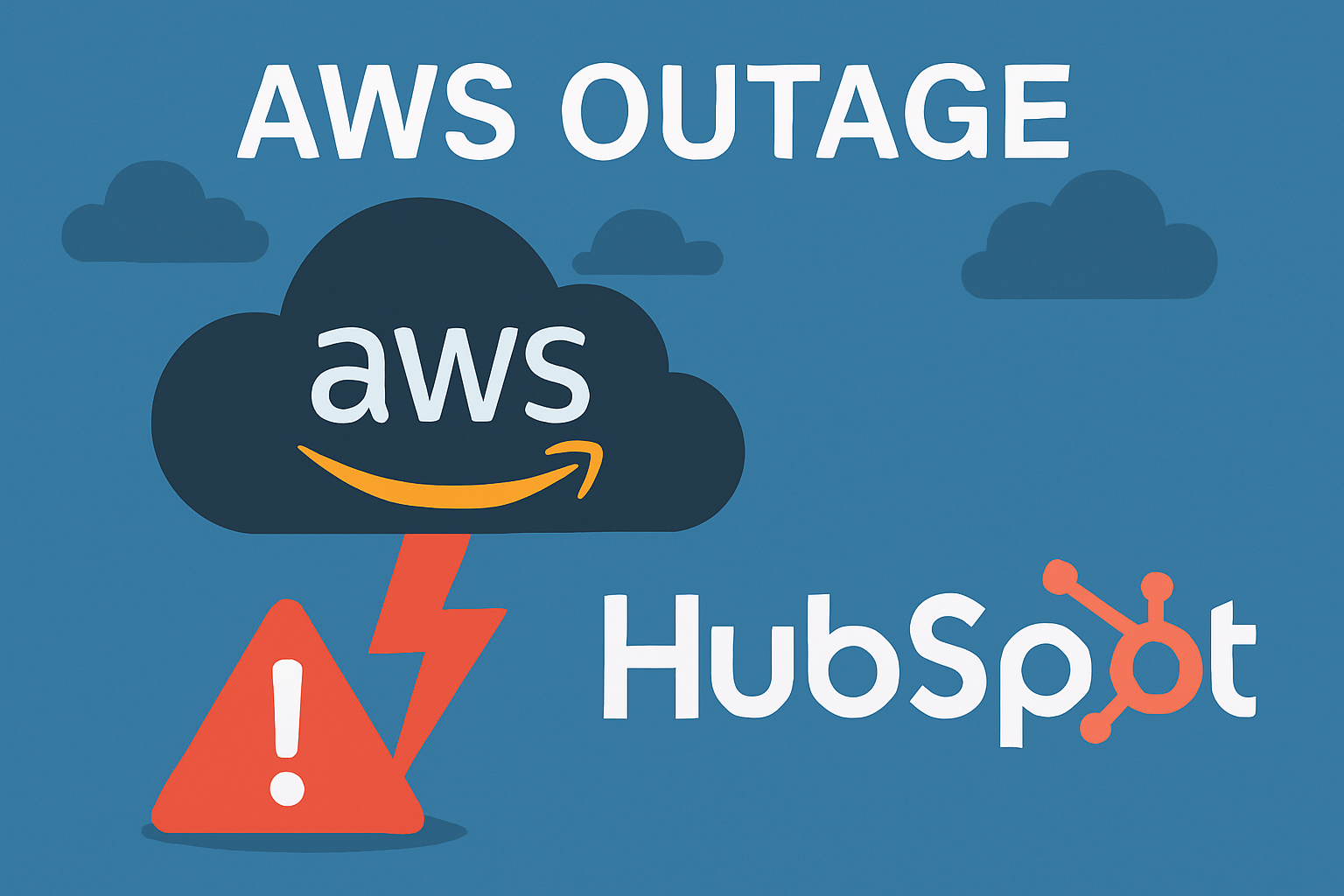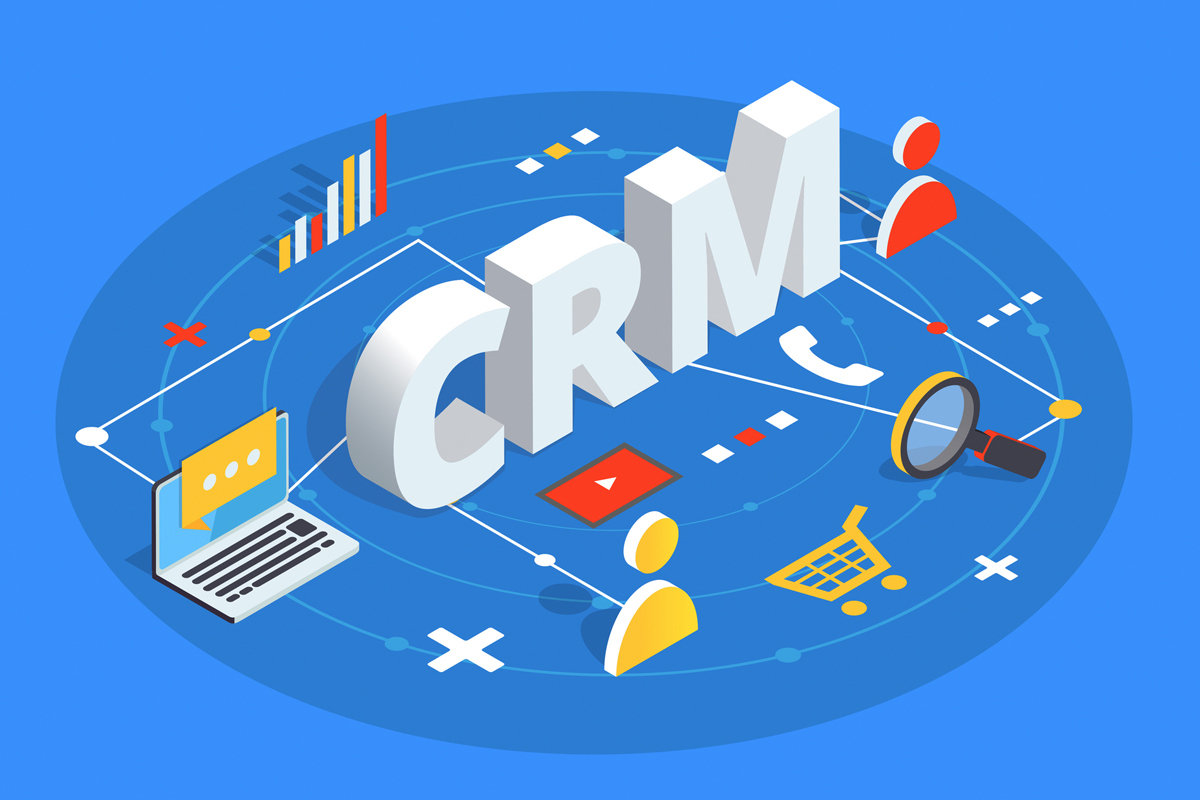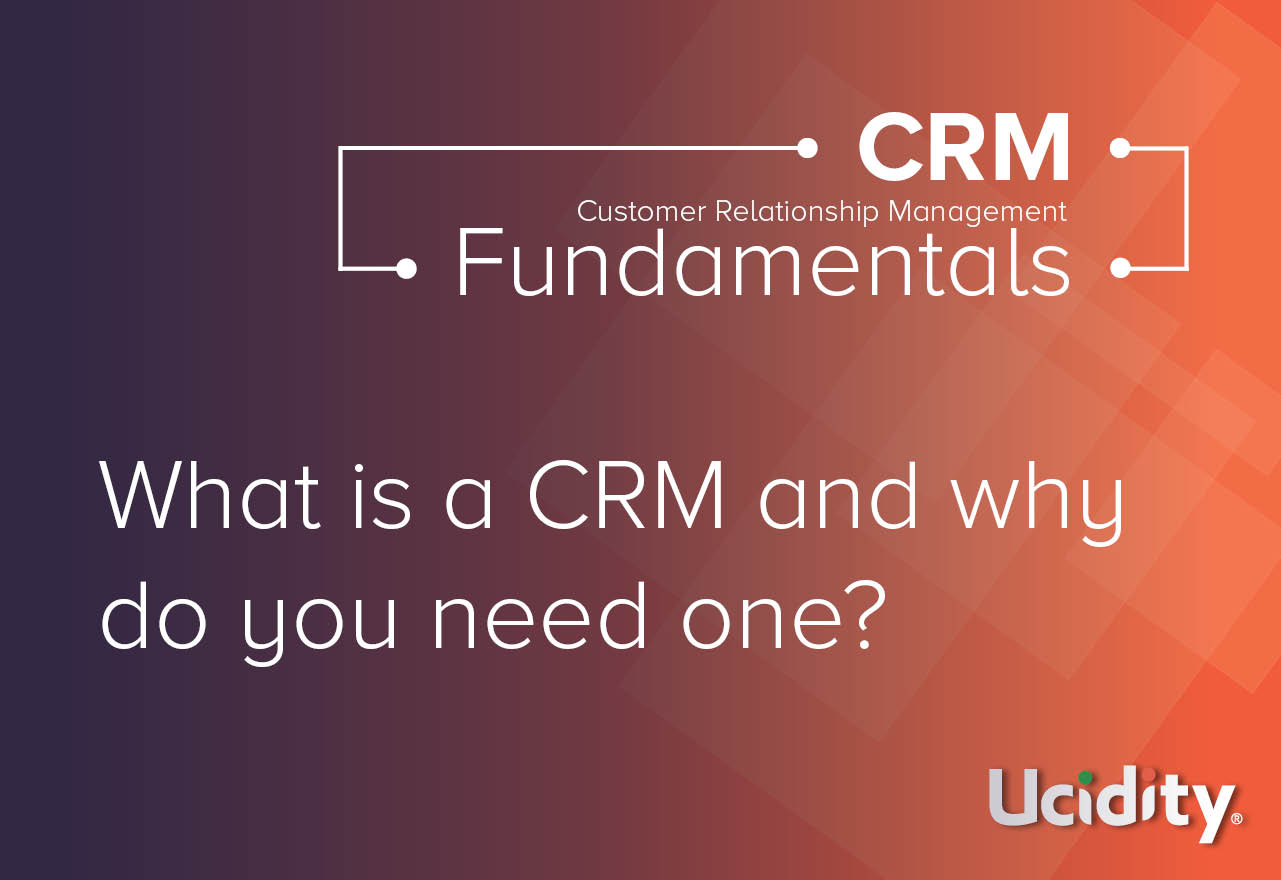
Content Marketing,Content Marketing,Content Marketing,Content Marketing | 4 min read
I built my first website in 1995. Back then, you had to be a pretty serious computer programmer to get a website to connect to anything. These days, luckily, all that has changed. Websites are significantly easier to build and integrate with your business systems and the benefits are definitely worth it.
In this article, I'll walk you through key features that magically appear when you connect your website with your CRM. I'll walk you through examples with a live website and a free HubSpot CRM system. Most of these features should be usable in your CRM as well.
Easily create lead capture forms
Most CRM systems include a feature to create web forms. At minimum, you'll want to connect your Contact Us form to your CRM - at best, you'll have complete freedom around how many forms you can create and where and how they appear on your website.
Here's how this type of feature typically works:
- Create a form in your CRM.
- Install a plugin in your website that connects to your CRM.
- Navigate to the plugin settings. Normally there's a section that lists all the forms you've created in your CRM.
- Click a button to copy a tiny amount code - it normally writes the code for you.
- Paste that tiny amount of code to the correct page on your website, e.g. your Contact Us page.
- Save and view that page in your web browser. Your form should magically appear.
So why would you ever do this?
For starters, it can save a huge amount of time manually copying and pasting details. Whenever someone fills out a form on your website, their details will automatically be added to your CRM so you can follow up with them.
Once their details have been added, you can get going with most of the features below and truly get more from both your website and CRM system.
Track which website pages people visit
When someone fills out a form on your website, your CRM normally leaves a tracking cookie on their web browser.
This means, whenever they return to your website, your CRM knows that they've come back.
Why is this important?
Imagine having a sales prospect who filled out a lead generation form two weeks ago. You can see in your CRM that they've been reading your automation email follow ups and now they're looking at your pricing page on your website.
This is probably a great time for your sales team to reach out and check if they have any questions on your products and check what they think their next step should be. It's a whole lot better than either calling them a week early or waiting another two weeks when they might be getting in contact with your competition.
An advanced CRM system will allow you to setup automated triggers that alert your sales team when the above scenario occurs. Imagine what an amazing experience that would be for both your sales team and your sales prospect!
Save oodles of time with automated email replies and follow ups
One of the biggest challenges for most people on our planet is a lack of time. One of the main purposes of a CRM system is to help people get more time back and here's how.
When someone fills out a form on your website without a connected CRM there's normally some manual work that needs to happen. This is usually something along the lines of:
- Get an email informing you that someone filled out a form.
- Read the email and decide how to respond. If you're lucky, you'll be able to copy and paste an email template with a response.
- Setup calendar reminders to follow up with that person.
With a connected CRM, it's usually something along the lines of:
- Login to your CRM dashboard and see that someone filled out a form overnight.
- The CRM sends automated follow up emails with pre-written content, depending on which form they filled out.
- The CRM automatically sets up a reminder to follow up with that person at the appropriate time.
Why would you want to do this?
When people fill out a form on a website, they generally expect that they'll hear a reply straight away, even if it's automated. If this doesn't happen - i.e. they get a "we'll get back to you soon" message, they might start shopping around for someone else to do business with.
An automated system can filter people that you want to do business with. If you've setup a series of automated follow up emails, you can setup your system to only follow up with people who have opened those emails.
Increase sales from your online shop
If you're running an online shop you might be surprised to know that a CRM system can contribute to an increase in sales.
How?
If someone has added an item to their shopping cart, but never completed their purchase - you can setup your CRM to remind them to come back. We've seen these types of reminders result in a 20-30% increase in sales.
There's also an opportunity to upsell or cross-sell to your existing customers. This is a bit like the old "would you like fries with that?" strategy. Once you know that someone is interested in a certain product, e.g. a business shirt, you can easily entice them to come back and shop for a similar type of product, e.g. business suits.
Without a CRM system, these types of follow processes and tedious, labour intensive and generally get left because it gets put in the "too hard basket".
A CRM system can automate this process, so you get to sit back and watch the sales roll in.
Monitor all your marketing with a single dashboard
Have you ever wished you could see all of your marketing analytics in a single place? A mature CRM dashboard will allow you to see:
- Which of your online marketing dollars result in a return in sales
- What marketing campaigns are resulting in the best leads from your website
- Which parts of your website are working well vs. which parts need improvement
- A breakdown of how a website visitor becomes a sale, e.g. which emails to they open, which ads to they click, which blogs to they read or what website pages to they visit.
- Plus loads more.
Published on July 02, 2020


5.jpg)


.jpg)